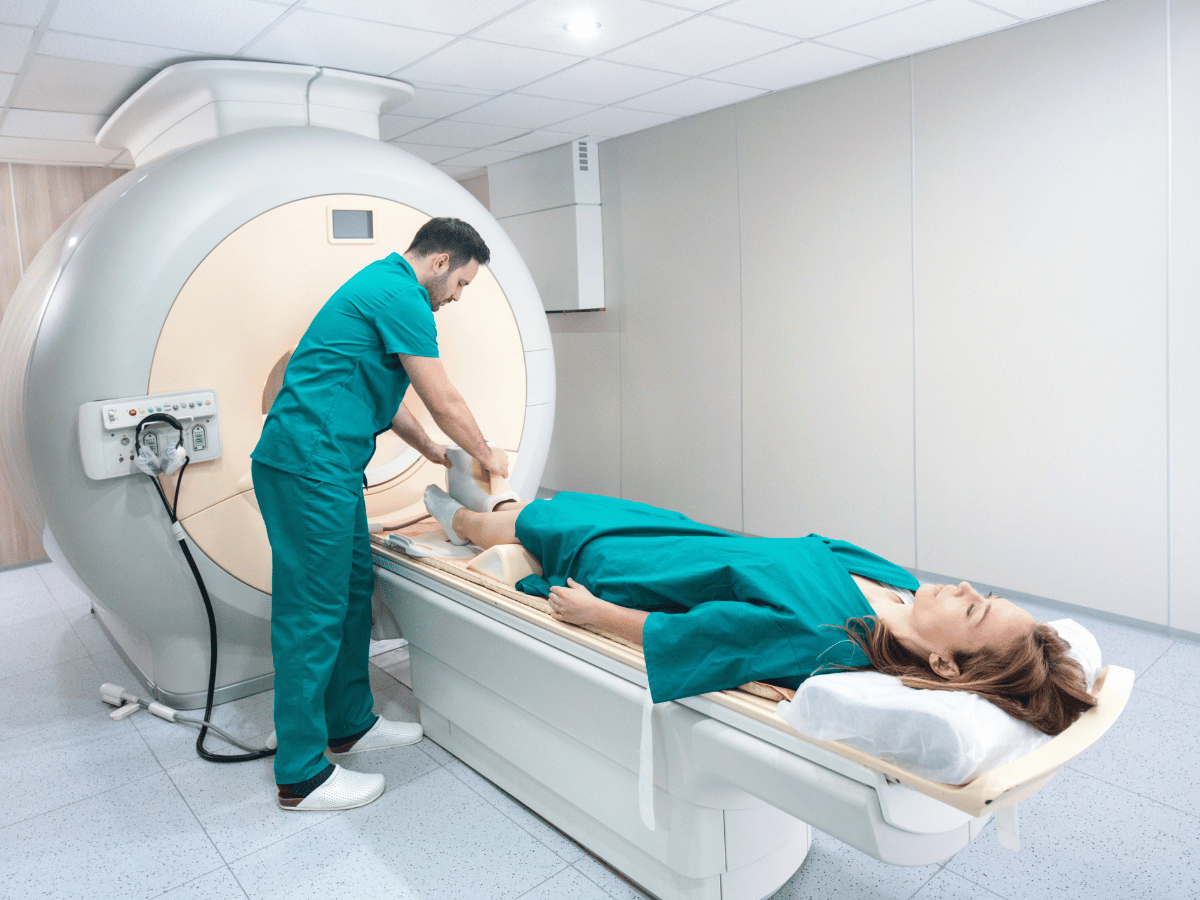
A neuroma is a benign (non-cancerous) thickening of nerve tissue that often develops due to chronic pressure, irritation, or injury affecting peripheral nerves. Although the term may sound intimidating, it doesn’t mean there’s a cancerous tumor present. Rather, we’re dealing with a reactive, often painful bundle of nerve fibers that has become inflamed or disrupted.
In most clinical cases, patients experience sharp, burning pain or a tingling, electric sensation where the neuroma has formed. At South Florida Multispecialty Hospital, we regularly help patients overcome this condition with personalized diagnostics and modern treatment plans.
Among the different types, Morton’s neuroma is by far the most common, typically forming between the third and fourth toes. It’s frequently associated with wearing tight shoes or engaging in high-impact activities like running.
Other types include:
For our focus here, we’ll center on peripheral neuromas, especially those affecting the feet and limbs.
Neuromas usually develop when nerves endure prolonged stress or direct trauma. Over time, repetitive injury causes thickening and irritation.
Here are common contributing factors:
We’re often able to trace neuroma formation back to lifestyle or biomechanical causes, which is why early lifestyle modifications can be incredibly effective.
The hallmark symptom of a neuroma is pain. It typically follows a pattern depending on which nerve is affected.
Left untreated, neuromas can significantly impact daily life. We’ve encountered patients who adjusted their gait to avoid discomfort, only to later develop hip or back pain. Ignoring nerve pain early often introduces new complications down the road.
Diagnosing a neuroma is a hands-on process. We start with a physical exam to evaluate foot structure, tender areas, and nerve distribution symptoms.
To confirm and localize the neuroma, we may use:
Accurate diagnosis means we can initiate treatment as early and precisely as possible.
Not every neuroma needs surgery. In fact, most patients improve significantly with conservative care.
Here’s how we approach treatment:
If symptoms persist for 6–12 months despite conservative care, we may consider:
Surgical recovery usually includes short-term immobilization followed by rehabilitative therapy. Importantly, success rates for surgery are high, particularly when addressed early.
After treatment, especially surgery, most patients benefit from a structured rehabilitation plan. We work closely with our physical therapy team to focus on:
With commitment and support, full recovery is achievable for the majority of patients.
We always aim to empower our patients with self-care strategies. If you’re managing symptoms or recovering post-treatment, here are valuable tips:
Consistency in these measures often forms the foundation for successful recovery.
Pain that persists for more than a few weeks, especially when it disrupts routine activity, calls for medical evaluation. Early diagnosis of a neuroma can prevent further nerve damage and sidestep potential complications like chronic neuropathic pain.
Don’t wait until conservative efforts at home fail. Our specialists at South Florida Multispecialty Hospital provide comprehensive diagnostics designed for early intervention and long-term relief.
If you’re experiencing foot pain, burning sensations, or nerve discomfort, we encourage you to reach out. Contact South Florida Multispecialty Hospital to schedule a comprehensive neuroma evaluation and get back on your feet, pain free.
A neuroma is a non-cancerous nerve thickening often caused by chronic irritation, compression, or trauma. It’s essentially a bundle of overgrown or reactive nerve tissue that results in pain, tingling, or numbness.
Sharp pain, burning sensations, numbness, and a feeling of standing on a pebble are key signs. Symptoms often worsen when walking or wearing narrow shoes.
Morton's neuroma specifically affects a nerve between the third and fourth toes. Other neuromas may form elsewhere in the foot or result from trauma or surgery.
Physical exams, ultrasound, and MRIs help detect the size and location of neuromas. A test called Mulder’s sign may also reproduce symptoms during evaluation.
These include changing footwear, using orthotics, taking anti-inflammatory medications, receiving steroid injections, and initiating physical therapy.
Surgery is considered when pain persists after several months of conservative treatment. It usually involves removing the thickened nerve tissue through a minor outpatient procedure.
Absolutely. Switching to supportive shoes with wide toe boxes and reducing high-impact activities can alleviate symptoms and prevent worsening.
Most patients recover within 6 to 8 weeks post-surgery, while those on conservative treatments often improve over 3 to 6 months.
While recurrence is rare, some patients may experience persistent sensitivity or scar tissue formation. Regular follow-ups help mitigate these risks.
Track symptoms, gather past imaging or medical records, and list previous treatments. Wearing the shoes you use most often can help with gait assessment during consultation.
Your well-being is our top priority. Reach out today to discover how our dedicated team can support your health journey.
Have questions or want to learn more? Use the form below to get started!
Connect with South Florida’s trusted multispecialty care team and take control of your health with compassion and convenience.
©2025 South Florida Multispecialty Medical Group. All Rights Reserved.